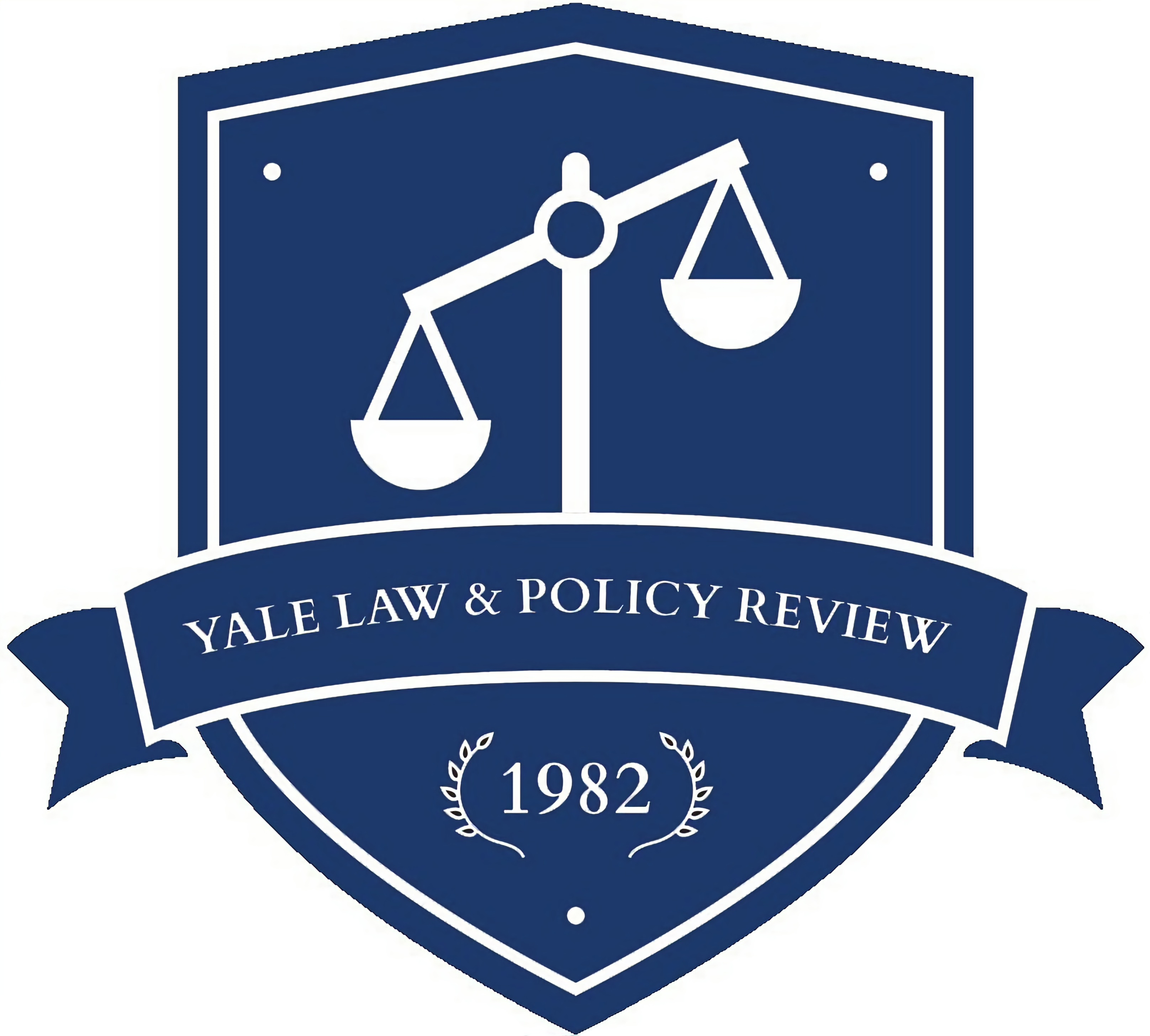Deepening racial and socioeconomic segregation is producing unequal educational outcomes at the K-12 level, outcomes that are then reproduced in higher education. This is particularly true as rising competition among colleges has led many of them to focus increasingly on measures of merit that correlate with income and as parents and students adjust their behavior in light of those metrics. While existing affirmative action programs at colleges provide some counterweight to this dynamic, they are limited by institutional (and constitutional) constraints. Out of concern for revenue and rankings, many colleges are constrained in the number of students from low-income backgrounds they are willing to admit. Such a limited scope is not inevitable, however.
If colleges were to give a substantial admissions bonus to applicants who had attended K-12 schools with at least a certain percentage of low-income students, higher education could become a force for countering inequality at the K-12 level, instead of reproducing it. College admissions policies serve as a crucial reference point for parents, students, and educators on down through K-12. By rewarding applicants for attending socioeconomically integrated schools, colleges would mobilize the resources of private actors across the country towards integration. The benefits of this would be significant, especially for students from low-income families who would have an increased chance of attending integrated K-12 schools as a result. Such a policy would also help colleges better foster diversity on campuses, as more students would have had prior experience in integrated settings.
This Note explores the ongoing problem of K-12 re-segregation, argues that by adopting this policy colleges could work to promote integration, examines how such a policy could best be designed to do so, and addresses why such a policy would be constitutional. At a time when educational inequality is on the rise, there is an urgent need for new affirmative action proposals that can combat segregation and do so within colleges’ existing constitutional and institutional constraints. The policy proposal advocated in this Note would do both, interrupting key elements of the present vicious circle.
Note,
J.D. Candidate, Yale Law School, expected 2018. Thanks to Muneer Ahmad, Sam Brill, Tomiko Brown-Nagin, Sarah Burack, Sam Erman, James Forman, Jr., Daniel Markovits, Reva Siegel, John Fabian Witt, and Nancy Yun Tang for their thoughtful feedback on this piece.
